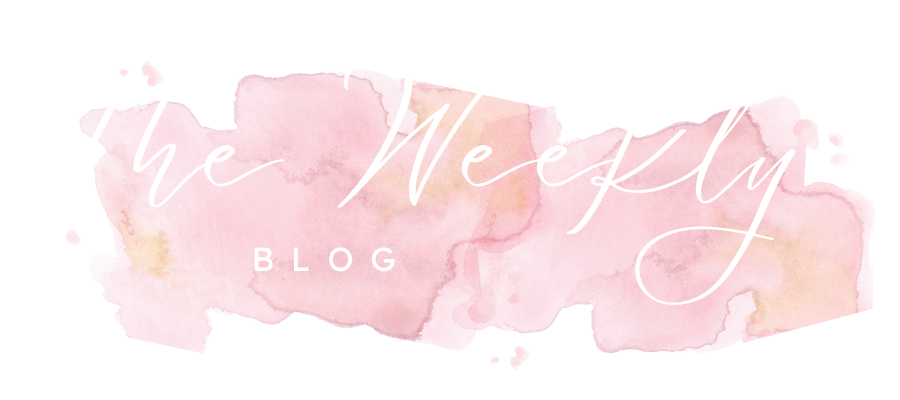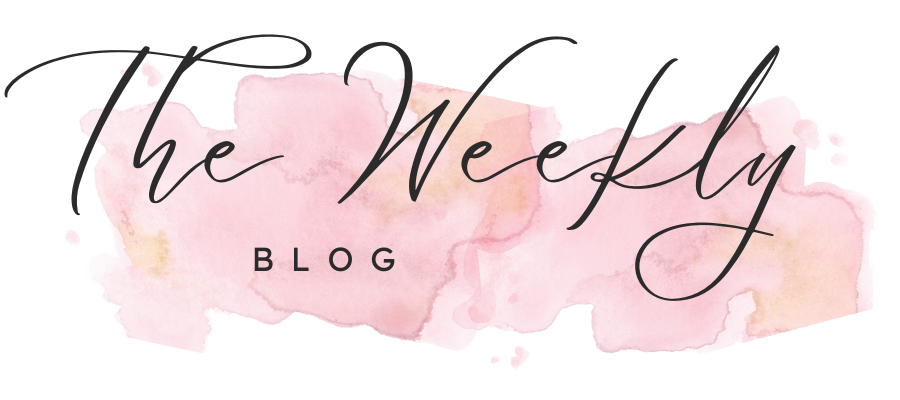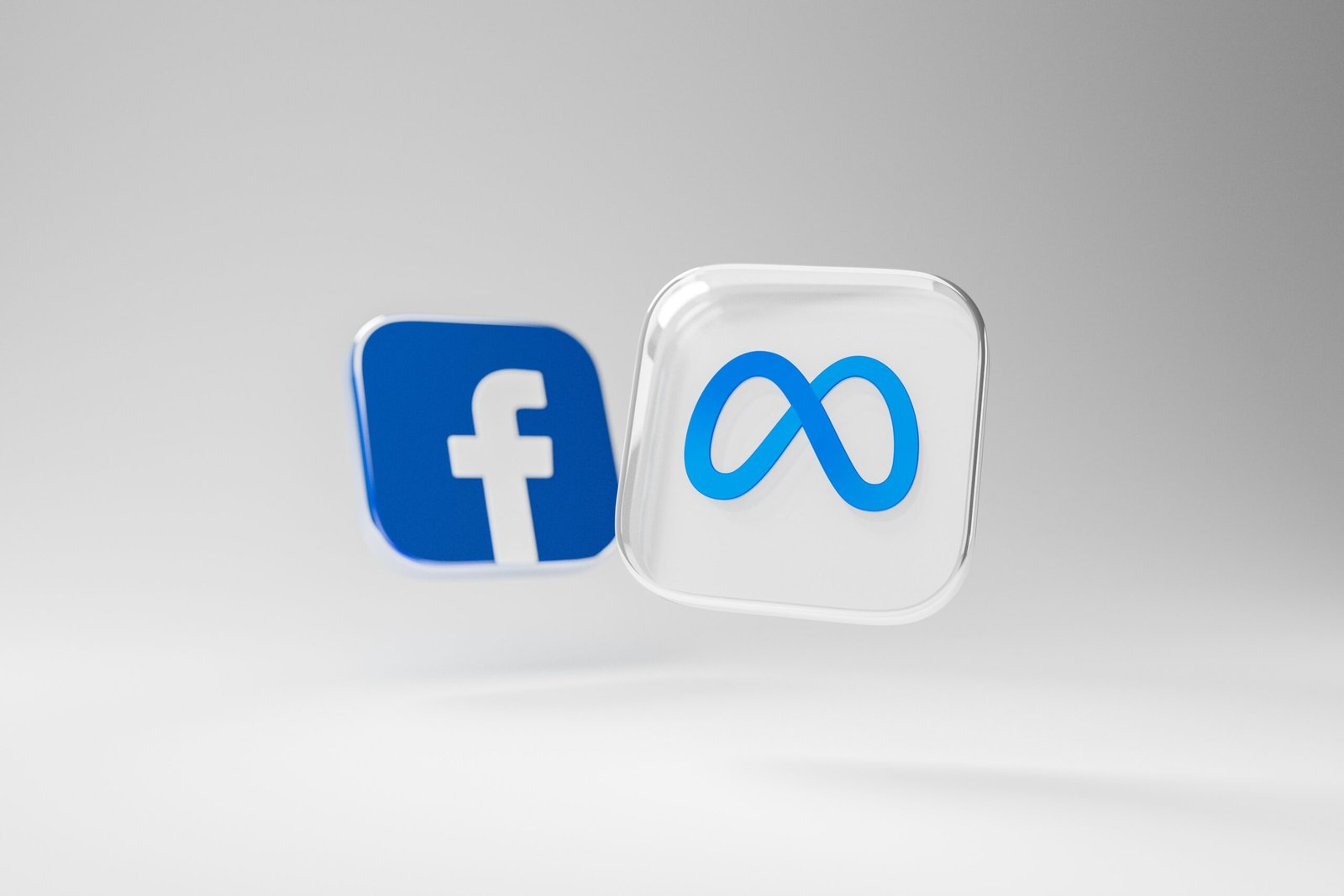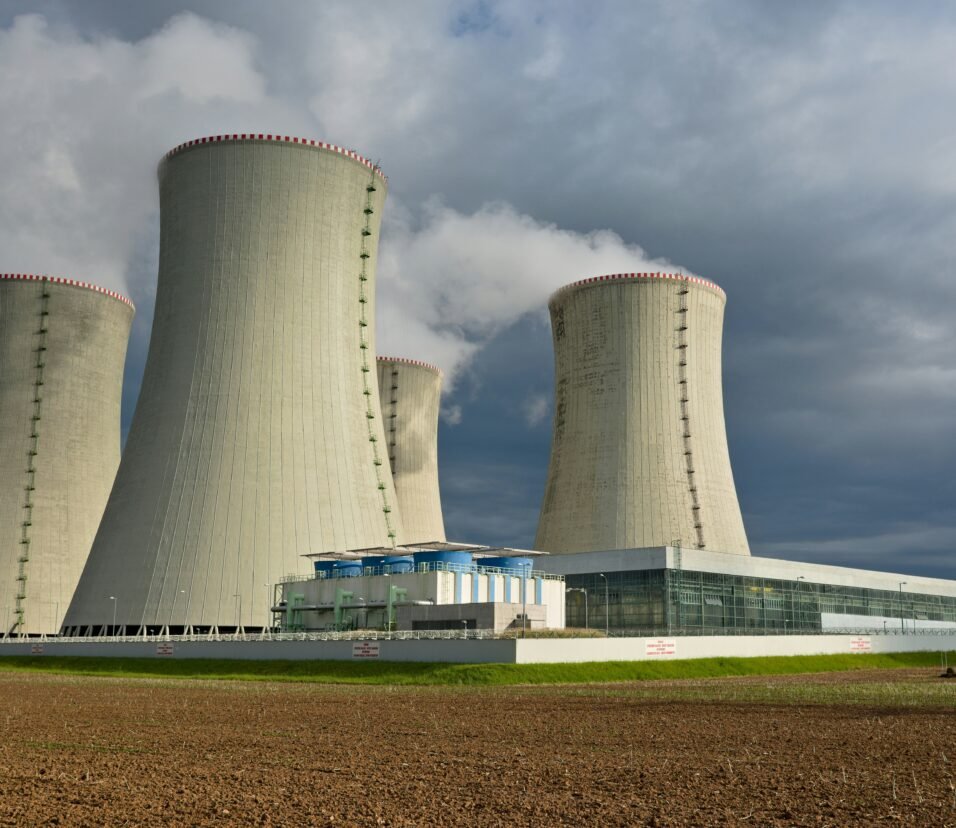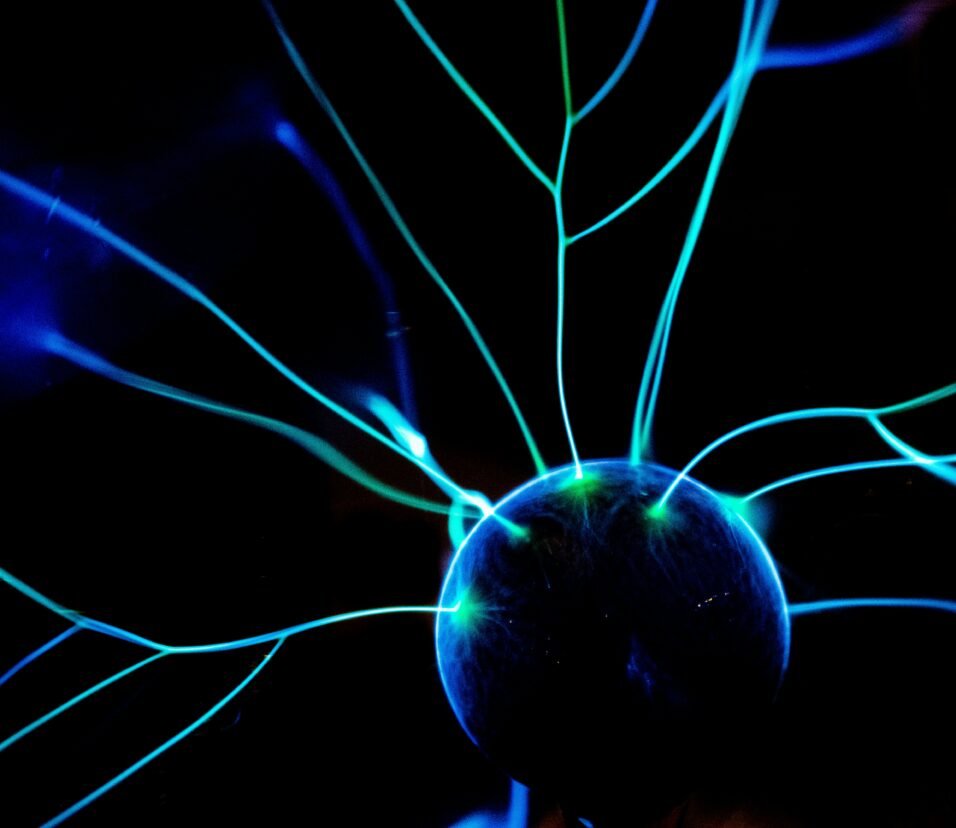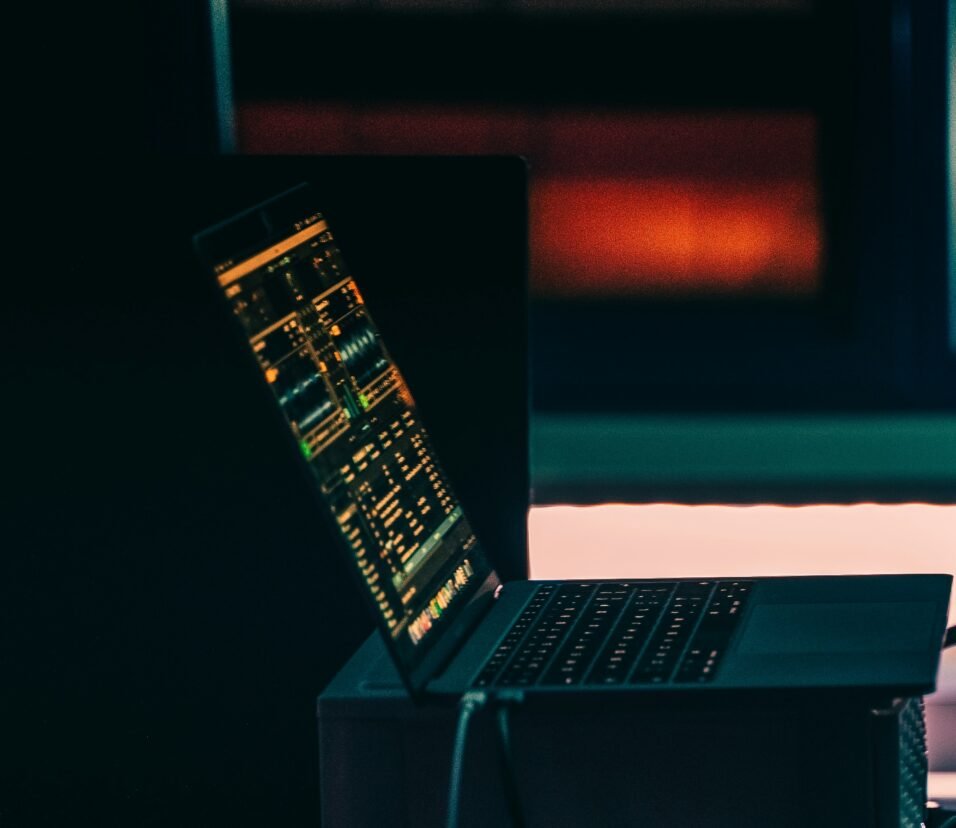From Social Media to AI Media: The Future of Online Influence
We’re moving beyond likes and followers. In 2025, influence is being reshaped by artificial intelligence—faster, smarter, and more synthetic than ever before.
📱 Introduction: The End of Social as We Know It?
For the last two decades, social media has been the dominant force shaping digital culture, careers, and even politics. Platforms like Instagram, YouTube, Twitter (X), and TikTok birthed an era of influencers—human creators building personal brands, one post at a time.
But in 2025, a new force is rising: AI Media.
We’re entering an era where content is no longer just created by humans for humans—but increasingly, it’s generated by AI, distributed by algorithms, and consumed at scale. And the influencers of tomorrow? They might not even be real.
🧬 What Is AI Media?
AI Media refers to content that is created, curated, or distributed using artificial intelligence. This includes:
- AI-generated influencers (virtual humans with human-like personalities)
- AI-edited or AI-created videos, music, articles, and podcasts
- Content personalized for each viewer by machine learning models
- Autonomous AI agents managing entire social accounts
🧠 How AI Is Disrupting Online Influence
1. Synthetic Influencers Are Going Mainstream
- Virtual personalities like Lil Miquela, Noonoouri, and Aitana Lopez now have millions of followers.
- Brands partner with them just like real influencers—often with better control, no scandals, and infinite scalability.
- In 2025, generative tools can:
- Create realistic faces, voices, and full body motion
- Generate endless content using prompts
- Respond to fans via AI chat
2. The Rise of AI-Driven Creator Tools
Real creators are also becoming more powerful thanks to AI:
- Text-to-video tools like Runway, Sora by OpenAI, and Pika turn scripts into videos
- AI voice generators clone voices for narration or music
- Captioning, editing, thumbnail generation, and audience analytics are all automated
- AI “co-hosts” help creators scale their brand across multiple languages and formats
3. Hyper-Personalized Media Feeds
Social platforms are becoming AI-first:
- TikTok already uses a powerful algorithm to show you what you didn’t know you wanted
- YouTube and Instagram now test AI-generated summaries and auto-recommendations
- Spotify, Netflix, and Substack use AI to curate personalized content mixes
In 2025, your social feed might be 100% AI-optimized for you—from memes to music to news. Not just social media—synthetic media.
4. AI Agents as Micro-Influencers
AI agents can now:
- Manage and grow social accounts autonomously
- Create posts, analyze engagement, and even negotiate brand deals
- Chat with fans in real-time as avatars
Companies and creators are training AI agents to represent their brand across thousands of micro-niches.
5. Influence Becomes Programmable
Thanks to AI, “influence” can now be manufactured:
- A startup can launch 100 AI influencers across 50 niches overnight
- AI tools analyze what trends are rising, then instantly generate viral content
- Bots + generative media = rapid fame with minimal human input
🔍 Benefits of AI Media
- 🧠 Scalability – Create hundreds of posts or campaigns in minutes
- 🌍 Global reach – AI can translate, localize, and adapt content across cultures
- 💸 Affordability – No need for photo shoots or video crews
- 🤖 Always-on – Synthetic creators never sleep, age, or get canceled
- 🎯 Data-driven – Every piece of content is optimized for engagement and retention
⚠️ Risks & Ethical Questions
- Authenticity: What happens when followers don’t know if a creator is real?
- Manipulation: AI can be used to spread misinformation or biased content at scale
- Creativity collapse: Will human art be devalued by AI mass production?
- Emotional deception: AI companions and influencers can form bonds that feel real—but aren’t
💡 How Real Creators Can Adapt
If you’re a content creator, influencer, or brand in 2025, AI is not your enemy—it’s your co-creator.
Key Strategies:
- Use AI to enhance—not replace—your voice
- Focus on what AI can’t replicate: emotion, storytelling, lived experience
- Offer behind-the-scenes, raw content that feels human
- Be transparent about what parts of your content use AI
- Build communities, not just audiences
🔮 What’s Next: The New Media Landscape
| Trend | Description |
|---|---|
| Virtual Influencers | AI-generated characters with fanbases and brand deals |
| AI-Generated Content | Full campaigns, music, and videos created with minimal human input |
| Synthetic Companions | AI influencers that chat, advise, and entertain like friends |
| Algorithmic Culture | Trends and memes created by machines, not people |
| Decentralized Identity | Creators use blockchain to prove authenticity |
The question isn’t if AI will dominate digital influence. It already is. The real question is:
🏁 Final Thoughts: The Influencer Era Is Evolving
Social media built the foundation of the attention economy. Now, AI is upgrading it—with synthetic creators, personalized content, and autonomous influence.
But as we move from human storytelling to algorithmic influence, we must ask:
How do we preserve authenticity, ethics, and human creativity in a world of infinite content?
Because in the end, it’s not just about who influences us—but how and why.
✅ TL;DR – From Social to AI Media
| Old Era | New Era |
|---|---|
| Human creators | Synthetic influencers |
| Manual content | AI-generated videos, posts, voices |
| One-size-fits-all | Personalized, algorithmic feeds |
| Time-based work | Always-on AI media agents |
| Influence by charisma | Influence by code |

